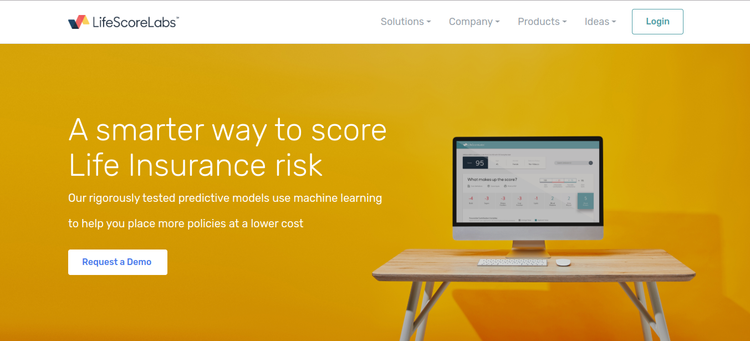When online content is really offline content
I'm back at home after spending a few days talking about the future of online journalism with the folks at IDG. I had a wonderful time, met some interesting people and got to hear some of the more talented folks in publishing share where they think our industry is heading.
I gave lectures at IDG's offices in Massachusetts and in San Francisco -- jabbering on about the things that interest me for about four hours at a time.
At no point did I mention digital editions of magazines. Nor did anyone ask me about them.
And I suppose that is predictable. I don't much like digital magazines. Nor, in fact, have I ever met anyone who did. Digital editions are often what publishers do when they can't figure out what to do online. And I can't see how these things would play much of a role in journalism's future.
So I shouldn't be surprised by the negative attention given to the digital editions of Folio's tradeshow daily last week. Prescott Shibles, the smartest guy who ever worked for me, blasted the product on his blog. My fellow B2B bloggers David Shaw and Sue Pelletier agreed with Prescott.
Prescott argues that digital editions are kind of a pain to read online. Lord knows I agree. You can go blind trying to view these things on a computer screen.
And I agree that a publisher has to be crazy to use a digital edition as a substitute for a true Web product.
But I don't think that's what Folio was doing. Folio didn't produce the edition instead of a Web product. Folio opted not to produce a Web product. Folio decided instead to create a print product -- a traditional, tradeshow daily paper. It made the product available at the show. And it also sent it out via email to people like me who couldn't attend the show. And that's the only reason anyone should have a digital edition -- so that a print product can be sent to people who otherwise wouldn't get it in a timely fashion.
I mean sure, these things are sort of goofy. And sure, they don't work as well on the screen as a product created for the Web. But that's missing the point. It's soft of like complaining about a "print this" button on a Web page. Of course the printed version is less compelling than the Web version. But sometimes people have to print the thing anyway.
Prescott also argued that blogs may be better suited than print products for capturing the mood of the tradeshow floor. And that makes sense. Blogging software allows for real-time reporting -- and that, for example, gives reporters the opportunity to tell readers what is happening during a keynote speech. More importantly, blogs are conversational -- users help to create the content by posting comments, etc. And at tradeshows in particular, the converstation often is the news.
Prescott points to the work that Primedia Business did at the Supercomm tradeshow as an example of how blogs and other Web-based products can produce compelling online content.
But when I look at what the Primedia staff produced from the floor show, I'm just as disappointed as I am when I read Folio's digital edition.
The Supercomm blog doesn't have a feedback function. The stories don't have external links. Nothing seems to be written in real time. In other words, Primedia has a blog that ignores the blogging culture and has Web-based products that aren't taking advantage of the Web. (The absence of feedback functions and external links is a recurring shortcoming of blogs produced by Primedia. Look here or here or here.)
So what's the lesson?
Putting a print product on a computer screen doesn't make it an online product. Thinking like a print reporter while working online is a mistake. The end result is every bit as silly as a newspaper reporter hosting a TV newscast by sitting in front of a camera and typing.
Journalists need to change -- not just their software, not just their delivery systems, but the very nature of their work.
This is what I told the journalists at IDG last week: You don't need to launch a blog (although you may want to.) But you need to be more bloglike in everything you do. Learn to link. Accept that people interact with content, not just read it. Add a feedback function to your stories. Accept that journalism has become less of a lecture and more of a conversation. Learn multimedia. Accept that you are no longer just a writer, but are becoming a producer.
(DISCLOSURE: I do some consulting at Primedia Business these days, although not on the products mentioned above. Also, Folio magazine has launched a channel about digital magazines. I was interviewed for the section by one of the editors. My comments about RSS appear in this article. My comments about digital magazines weren't used.)
tags: journalism, b2b, media, trade press, magazines, newsletters, conversational media




